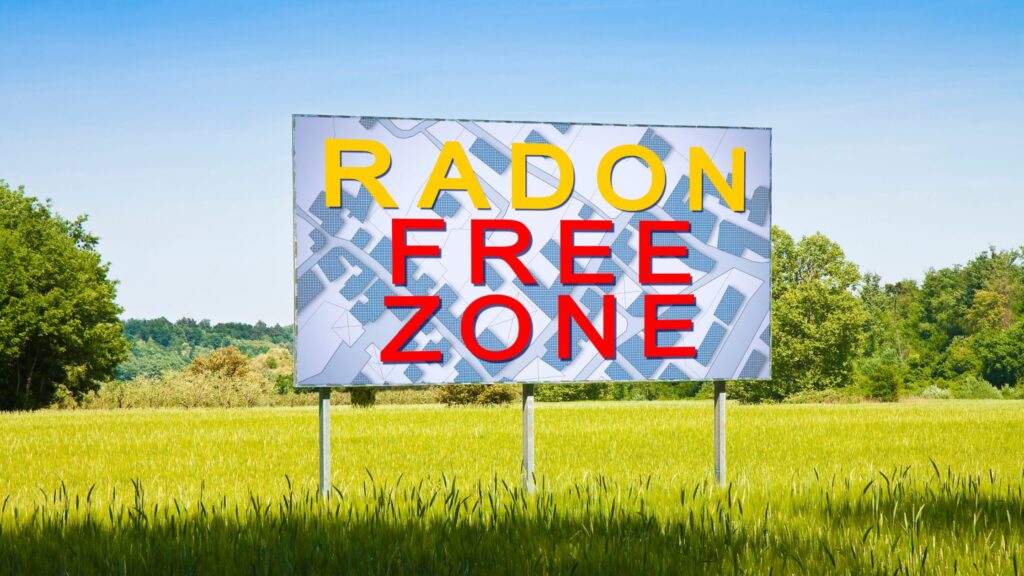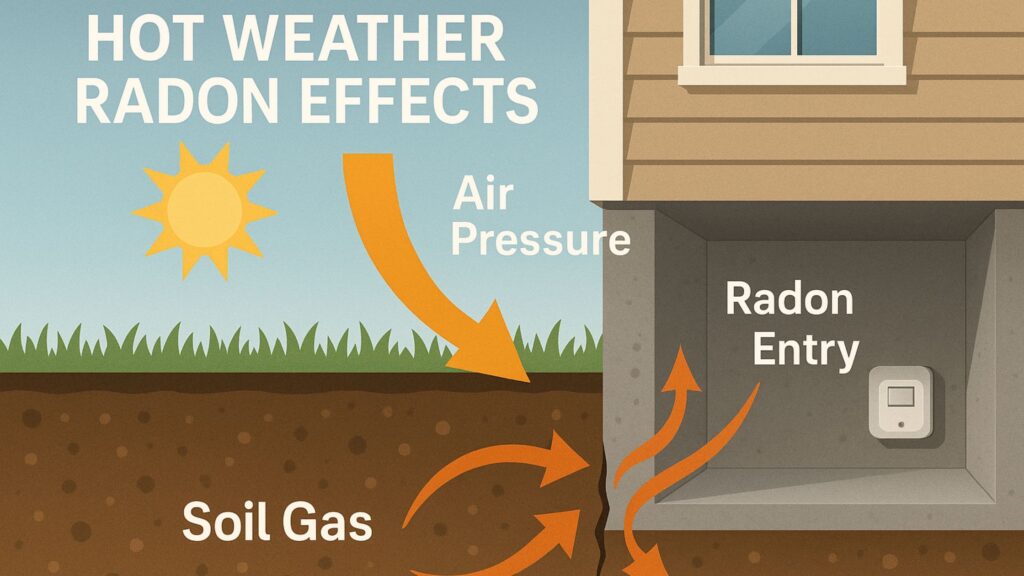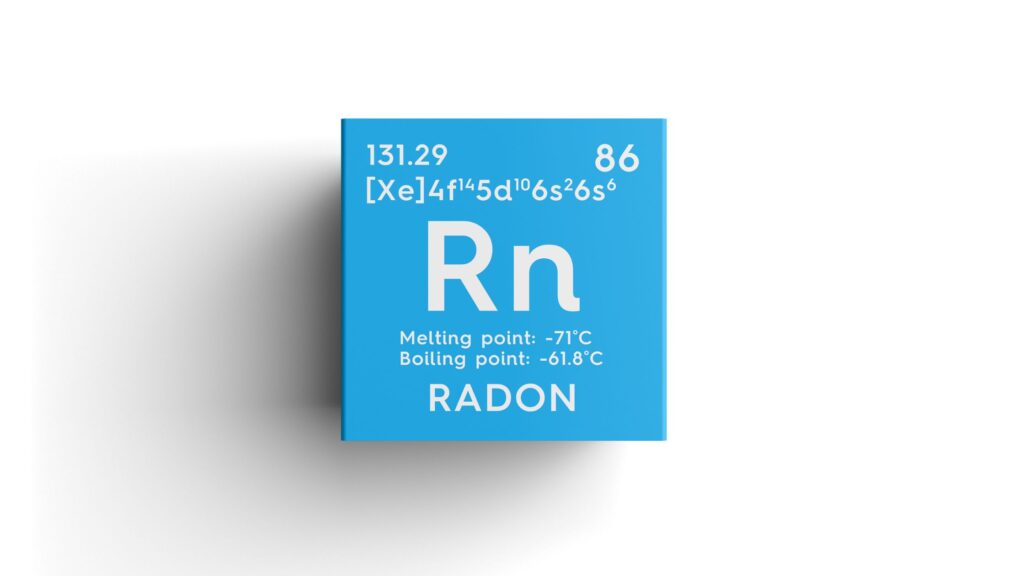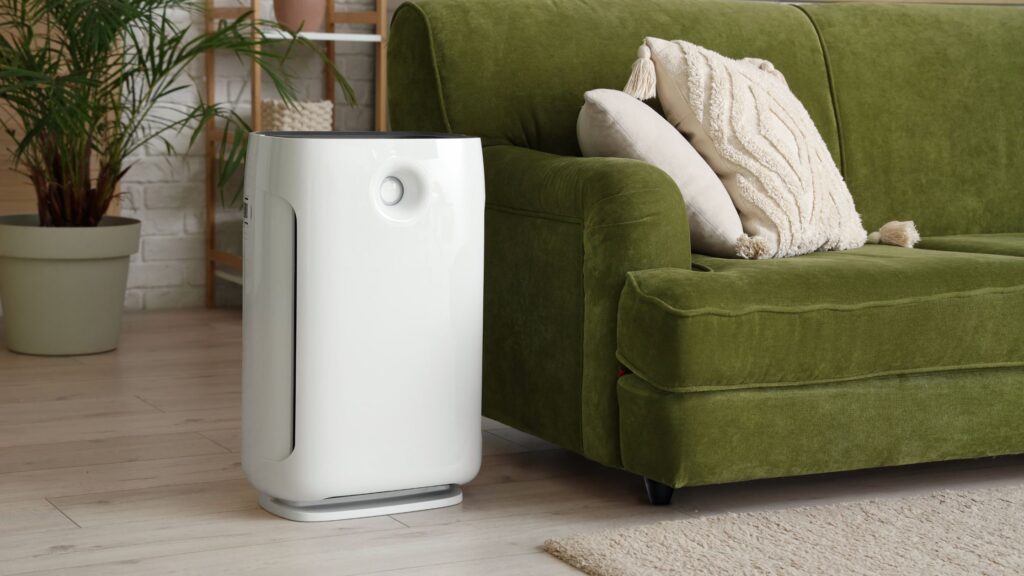Homeowners often worry about the air quality inside their homes, and radon is one of the biggest concerns. Many people go online to find out more about the cost of radon mitigation, so they can make the right choice for their family and budget. In this article, we’ll explain how radon mitigation systems work, what can affect the cost of radon mitigation, and why it’s so important to hire trained professionals. Right after this intro, you’ll find a clear Table of Contents to help you follow along easily.

Radon and Radon Mitigation Systems
Radon is a radioactive gas that comes from the soil and can seep into your home through cracks in the foundation. Since it has no smell, color, or taste, you won’t know it’s there unless you test for it. Breathing in radon over a long period can raise your risk of lung cancer. That’s why it’s important to understand the cost of radon mitigation once you find out your home has high radon levels.
A radon mitigation system usually includes a fan and a pipe that pulls radon gas from under your home’s foundation and sends it safely outside. Professionals start by testing your indoor radon levels to see if you need a system. If needed, they seal any cracks in the foundation, install special piping to reduce pressure under the home, and may add monitoring devices to track radon levels over time. For homes with crawl spaces, they often use a method called sub-membrane or soil suction. Every part of this process can affect the overall cost of radon mitigation. Learn more about Radon Mitigation System Cost to Install.
Key Factors That Influence the Cost of Radon Mitigation
Several factors can affect the cost of radon mitigation, and knowing what they are can help you plan:
- Home Size and Foundation Type
Larger homes or those with crawl spaces often need more piping, fans, and labor. Slab foundations may require drilling, while crawl spaces need sealing or venting, all of which add cost.
- Radon Levels in the Home
Slightly elevated levels may need a simple system, but higher levels require stronger fans or multiple suction points, which increases the price.
- Type of System Installed
Passive systems use natural airflow, while active systems rely on fans for better results. Active systems cost more due to added equipment and energy use.
- Local Labor Rates
Labor rates vary by region and installer experience. Cities with higher contractor fees usually mean higher overall costs.
- Extra Sealing or Repairs
Foundation cracks or airflow issues may need sealing or repairs, adding to the cost but improving system effectiveness.
Types of Mitigation Systems
There are different types of radon mitigation systems, and each one can affect the cost of radon mitigation in its own way:
- Active Soil Depressurization (ASD): This is the most common and effective method. It uses a fan to pull radon from beneath the home’s foundation and vent it outside.
- Passive systems: These systems rely on natural airflow instead of a fan. If radon levels stay high, you can upgrade them to active systems later.
- Crawl space suction with a membrane: This option works well for homes with crawl spaces. It involves sealing the floor with a plastic sheet and using suction underneath to stop radon from entering.
- Basement pressurization or ventilation: These methods help reduce radon by bringing in fresh air or creating pressure to keep radon out. They usually support other systems rather than work alone.

Benefits Beyond Price
Investing in mitigation does more than just reduce radon. You get several long-term benefits:
- Health protection: It lowers radon levels to safe limits, reducing lung cancer risk.
- Increased home value: Buyers view certified mitigation as a strong selling point.
- Better indoor air quality: These systems often help cut down other pollutants in the air.
- Meeting regulations: Homes with mitigation follow EPA standards and pass inspections smoothly.
- Long-lasting safety: Once installed, systems run all the time with little maintenance, making the cost of radon mitigation worth it.
How to Choose a Reliable Provider
Choosing a trusted company directly affects success and satisfaction. Here’s how to evaluate providers:
- Verify certification: Select contractors certified by recognized radon proficiency programs.
- Read reviews and check references: Look for feedback on quality, punctuality, and professionalism.
- Get multiple estimates: Compare service details, warranties, and included diagnostics before deciding.
- Confirm warranty and support: Ensure the installer offers post-install maintenance and fan guarantees.
- Ask about maintenance services: Periodic retesting and fan inspections help preserve system performance.
Why Act Sooner Rather Than Later
Putting off radon mitigation might save you money right now, but it means you and your family will stay exposed to radon for longer. On the other hand, getting mitigation done early gives you peace of mind, better air quality, and could help avoid future medical bills. Plus, homes with radon systems tend to sell faster and attract more confident buyers. That’s why understanding and acting on the cost of radon mitigation today brings real benefits down the road.

Conclusion
Understanding the cost of radon mitigation helps homeowners plan and decide on the best safety steps. Factors like home size, radon levels, foundation type, system choice, and local labor rates all affect the final cost. Still, while price is important, the benefits—such as protecting your health, increasing your home’s value, improving air quality, and meeting legal requirements—make the investment worthwhile. For expert radon testing and trusted professional mitigation services, visit DSM Radon at DSM Radon.





